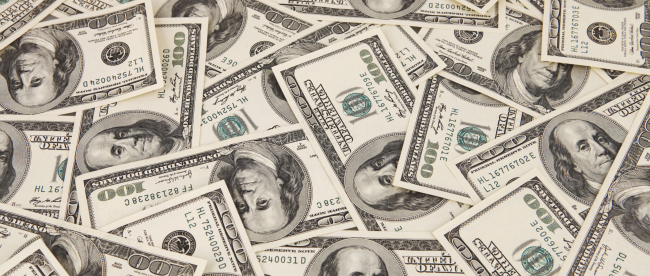Economically Bankrupt- Student Loan Bankruptcy Discharge
By Phuc Le
As Arlan Cohen’s article on the “undue hardship” barrier discharge student loan debt in bankruptcy, as required by rule 523(a)(8) highlights there are very good reasons to allow student loans to be fully dischargeable in bankruptcy. A macroeconomic view shows that allowing discharge in bankruptcy is the best and most viable recourse in solving the student loan crisis despite recent studies that defend the current regime of allowing student loan discharge only in extreme circumstances.
An article on U.S. News wrongfully argued that the difficulty of getting student loan discharged in bankruptcy is a myth. They argued that using the undue hardship standard is not hard after all. For example, a study argued that because forty percent of cases who seek hardship discharge is successful, discharging student loan is not difficult.
This argument is logically flawed. To judge the ease of obtaining discharge based upon the successful rate of those who actually seek it is analogous to saying that obtaining a criminal conviction is easy because sixty-eight percent of felony cases result in a conviction. There is enormous selection bias in both cases: prosecutors only go after cases that will most likely turn into a conviction and the candidates who apply for a student loan discharge are those most likely to qualify.
The fact that only 0.1% of debtors choose to pursue hardship discharge further highlights the selection pressure. Keep in mind that these loans are a tremendous source of debt in the United States and frequently identified as dragging down demand for other goods such as housing.
People in favor of easing the burden of student loan should forget a blanket loan forgiveness: it will not happen. Political reality and the economic implications of such a measure would make this scenario but a pipe dream of beleaguered college grads. After all, many policymakers have been critical of even the lukewarm steps towards increased forgiveness from income based loan repayment.
At the other end of the spectrum is what President Obama is currently proposing: tinkering around the edges of income-based payment options and lowering interest rates. Neither options addresses the underlying problem and will arguably make it worse. The student debt bubble is a function of rising tuition in colleges that outstrips inflation and the ease of access to loan. You cannot raise tuition at a much higher rate than inflation without increasing student loan amounts. Yet, the rise of tuition in turn is intimately connected to the availability of federal and federally subsidized loan. Lowering interest rates would make the stream of money even “cheaper” for students to borrow more. This would prevent students from being scared by debt into attending cheaper universities. The money would then be given to colleges: the cycle of rising tuition starts over. Income-based payment options are essentially selective loan forgiveness with strings attached. This watered-down version of loan forgiveness poses a fundamental problem of fairness and gives the public a false sense of security that the student loan crisis has been addressed. College grads made ninety-eight percent more than people without a college degree in 2013. Over a lifetime, the former made $500,000 more than non-grads. It stands to reason, therefore, that those who reap the economic benefits of their decision should shoulder at least part of the economic cost. Selective loan forgiveness go against this principle because it particularizes the benefits to those who works in government while socializes the cost.
Bankruptcy discharge of student loan as a solution offers the right amount of balance of the mentioned competing interests: colleges should be affordable and loans should remain available to those who have the will to pay them back. Having student loans dischargeable in bankruptcy would discipline both students as borrowers and lenders. Bankruptcy carries with it a significant stigma and financial disincentives that would incline students against abusing the process to avoid paying back their loans.
On the lending side, bankruptcy serves as an incentive for creditors to assess the risk that a particular borrower may default on his loan. Borrowers are dis-incentivized from borrowing too much and creditors from giving out loans haphazardly. Indeed, there is ample evidence that the current legal regime is preventing market mechanism. Lenders used to The new legislation ushered in by President Obama has addressed this problem, but there is more to do. An increase in bankruptcy filings would temper the federal government’s willingness to “backstop” increases in tuition prices without significantly burdening the average student. This results in a system where lenders are rewarded for making bad loans; the perverse incentive is a significant contribution to our bubbling student debt. It is time that we end this practice and return some sanity back to the system.

